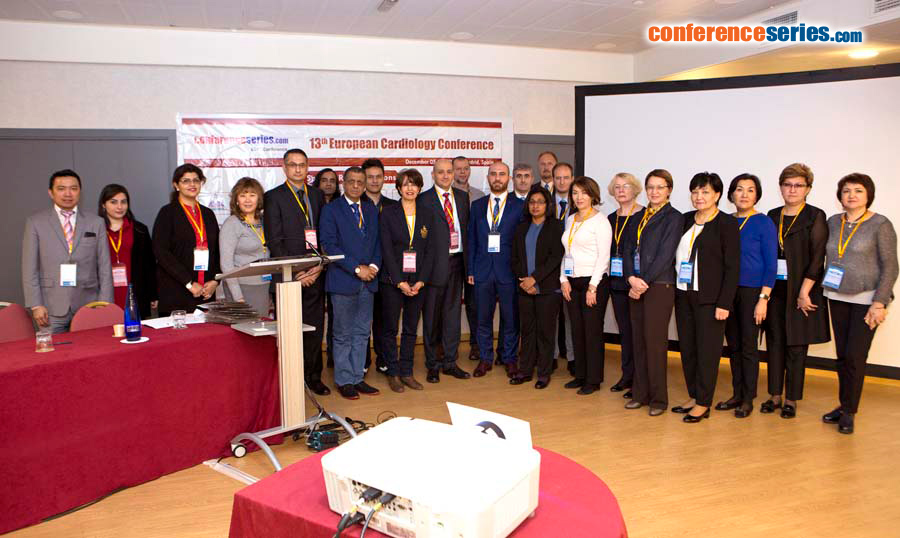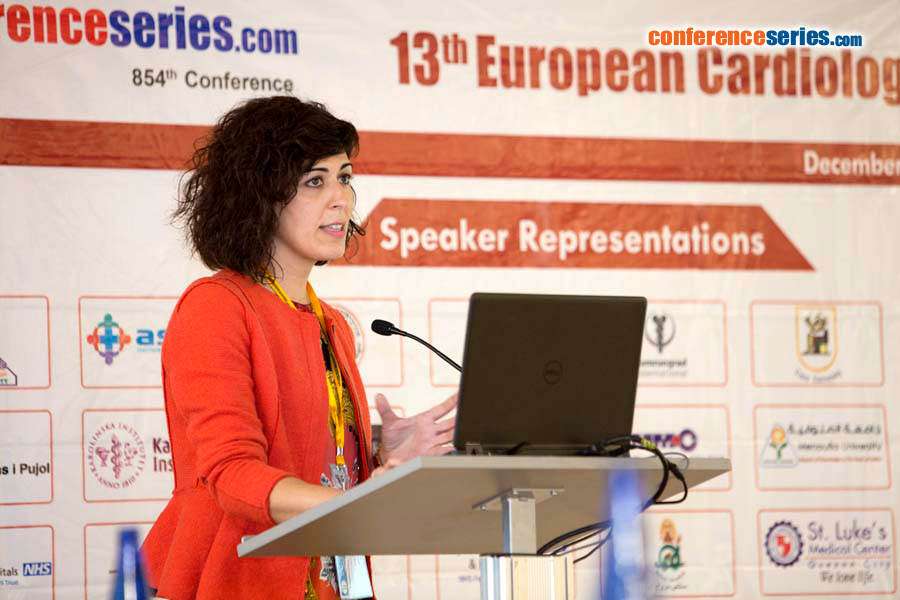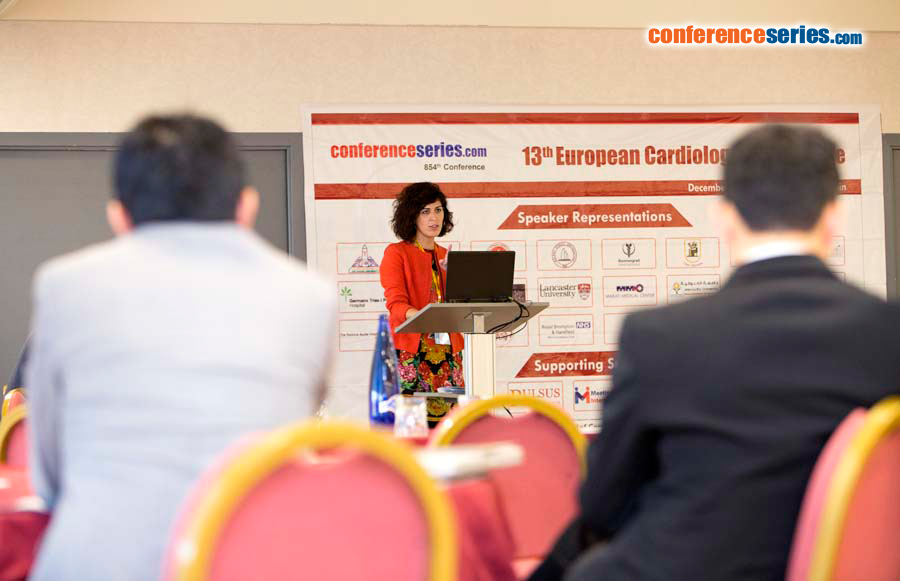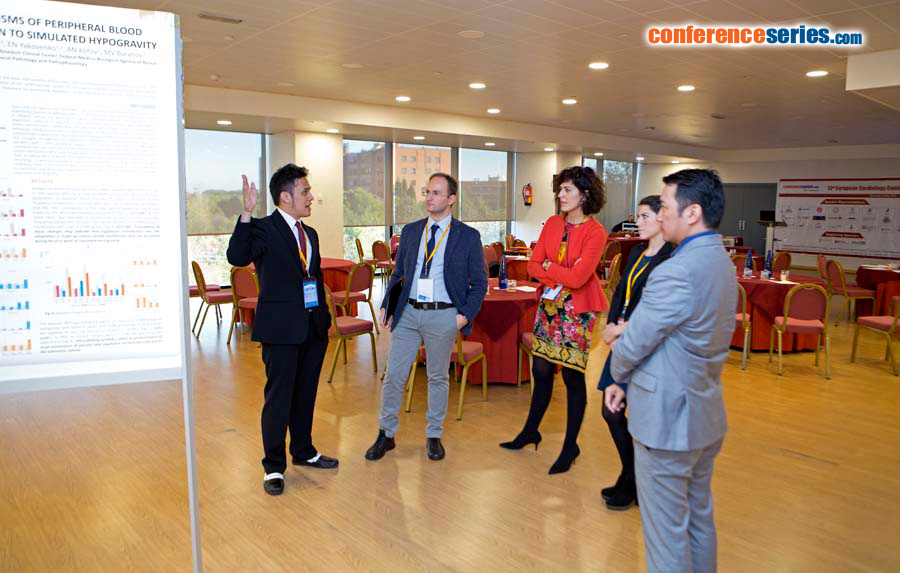
Elisabet Berastegui
Hospital Universitari Germans Trias i Pujol, Spain
Title: Creating a new and simply frailty score for predicting postoperative morbidity in cardiac surgery
Biography
Biography: Elisabet Berastegui
Abstract
Ageing and elderly people have greater risk. Physical state and frailty status represent an important risk and must be considered before cardiac surgery. More than one third of current surgeries are performed in patients older than 70 years; This is a factor to keep on mind in our routine evaluation. Currently an accepted definition for frailty is not well established. It has been considered as a physiological decline in multiple organ systems, decreasing the patient’s capacity to withstand the stresses of surgery and disease. The aim of our study was to determinate a correlation between preoperative features and the morbidity after cardiac surgery in aortic valve replacement population.
Methods. We selected the 70 years old patients or older who underwent an elective aortic valve replacement. We collected prospectively all preoperative features and frailty traits (Barthel Test; Gait Speed test, Handgrip) also taking into account blood parameters like albumin level and hematocrit previous to the surgery, hospital admissions within 6 months, and we analyze the demographics and medical history of the patients. We compare patients who undergo to stented prosthesis, sutureless or TAVI procedure.
Image
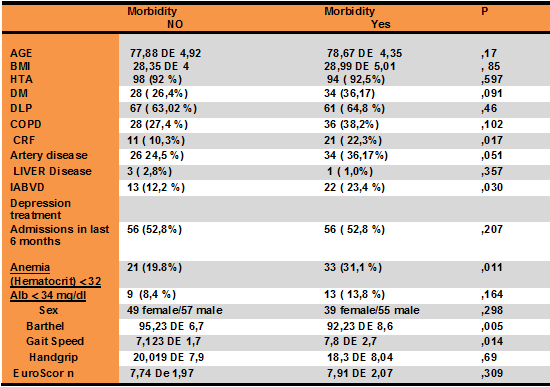
(BMI body mass index, HTA hypertension, DM diabetes mellitus, COPD Pulmonary obstructive disease, IRC chronic renal failure, DLP dyslipidemia, IADL Independence activities daily living)
Results: Two hundred patients were enrolled. The mean age was 78 years all. The predicted mortality with Logistic euroScore I was 12,8% with a real mortality lower than expected (3,5%). Pre-surgery frailty in our population was associated with a Gait Speed higher of 7 seconds, Barthel less of 90%, anemia with Hematocrit <32%, albumin level< 3,4g/dl, chronic renal failure, preoperative re-admission and artery disease. The TAVI group had higher morbidity, no differences statistically significant between Stented and sutureless prosthesis group. Frail individuals had longer hospital stays, readmissions and respiratory/ infectious complications. The mortality at 6 months /one year follow up was 4,1 % /0 % respectively; and morbidity ( pacemaker implant, respiratory events, readmission); at 6 months /one year of follow up was 13,47 % to 3%.
Conclusions: Elderly and frailty population present more complications after a cardiac surgery. A simple frailty score must be considered in cardiac population to avoid increased morbidity.


